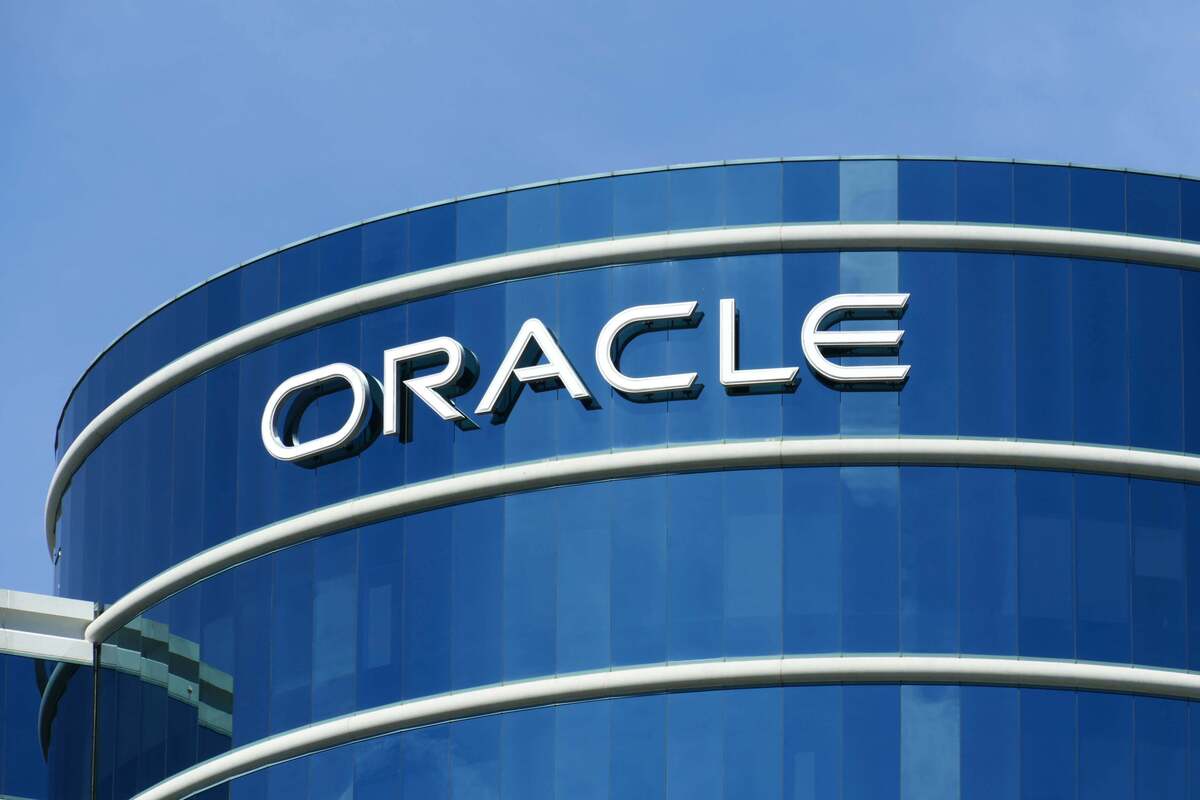Oracle Cloud delivers Nvidia-powered generative AI service

Oracle last week announced limited availability of Oracle Cloud Infrastructure (OCI) Generative AI, which aims to enable business users to integrate AI into their line-of-business applications.
OCI Generative AI is a managed service built on Oracle’s cloud infrastructure in collaboration with Cohere, an AI platform for enterprise. The managed service and Cohere models will work in conjunction with AI Vector Search, a feature of Oracle Database 23c that provides retrieval augmented generation (RAG), an AI technique that combines pretrained LLMs and proprietary business data to deliver responses with higher accuracy.
OCI Generative AI will also form the basis for generative AI capabilities embedded across Oracle’s suite of SaaS applications, including Oracle Fusion Cloud Applications Suite, Oracle NetSuite, and industry applications such as Oracle Cerner.
In addition, Oracle announced the upcoming availability of OCI instances powered by Nvidia H100 Tensor Core GPUs, Nvidia L40S GPUs, and Ampere AmpereOne CPUs. The new OCI Compute instances are designed to make running a variety of workloads – from training, fine-tuning and AI model inferencing to running cloud-native applications and video transcoding applications – in the cloud more accessible to organizations while providing improved price/performance metrics.
“Oracle’s unique industry knowledge has enabled us to create state-of-the-art generative AI services for organizations to automate their processes, make better decisions, and improve the experiences they deliver to customers,” said Clay Magouyrk, executive vice president, Oracle Cloud Infrastructure, in a statement.
The new OCI generative AI service has three models: Command, which takes a user’s prompt and generates text; Summarize, which does abstractive summarization based on user parameters, such as legal and technical summaries; and Embed, which translates text into numerical vectors that models can understand.
Along with the new OCI Generative AI service announcement, Oracle made some enhancements to existing services:
- Oracle Digital Assistant: Adds generative AI features to allow customers to integrate LLMs and other generative capabilities into their digital assistants.
- OCI Language Healthcare NLP: Adds healthcare insights with natural language processing for features such as clinical trials notes, patient progress notes, and electronic health records.
- OCI Language Document Translation Experience: Adds new document translation feature to a number of formats, including Word, PPT, HTML, JSON, and Excel.
- OCI Vision: Adds the ability to recognize faces and facial features in images.
- OCI Speech: Adds diarization, allowing the service to embed speaker information into transcribed sections of audio.
- OCI Data Science: Adds Feature Store, a central repository used to manage features developed by data science teams.
The upcoming OCI Compute instances with Nvidia GPUs will include bare metal instances powered by H100 and L40S GPUs. This can reduce the time it takes to train large AI models (using the H100) or small to mid-sized models (using the L40S) for customers running intense computing workloads such as AI model training
Oracle also announced OCI Compute A2 Instances powered by Ampere AmpereOne CPUs with up to 320 cores in the bare metal configuration and up to 156 cores in the flexible VM instances. These will serve a variety of general-purpose cloud workloads including running web servers, transcoding video, and servicing CPU-based AI inference requests. These instances are planned for next year.
Oracle has an advantage over other cloud service providers in that it has its own comprehensive library of apps to offer. But it was a latecomer to the cloud.
“Its market share has been creeping up, but the scale is so small compared to the leaders that it hasn’t really moved the needle. To the nearest percentage point, its share remains stuck at 2%,” said John Dinsdale, chief analyst with Synergy Research Group, which follows the CSP market.
Copyright © 2023 IDG Communications, Inc.

